Cambridge. A quintessentially English city, famed for its long-established university. But if you thought Cambridge was just about the University, then you can guess again. Our beautiful neck of the woods has a long history, stretching way back before Cambridge University was established.
So, take a punt with us (sorry) through some key moments in time.
Shaking Up the Status Quo
Many UK towns and cities are named after the rivers or seas that they grew up next to. Similar to Weymouth meaning “the mouth of the River Wey” or Plymouth meaning “the mouth of the River Plym”, Cambridge (pronounced Came-bridge not Cam bridge) means “the bridge over the River Cam”.
But did you know that Cambridge was initially called “Granta Brycge”? This Anglo-Saxon name meant the “Granta Bridge” and was named after, you guessed it, the River Granta. But where is this River Granta, we hear you cry?!
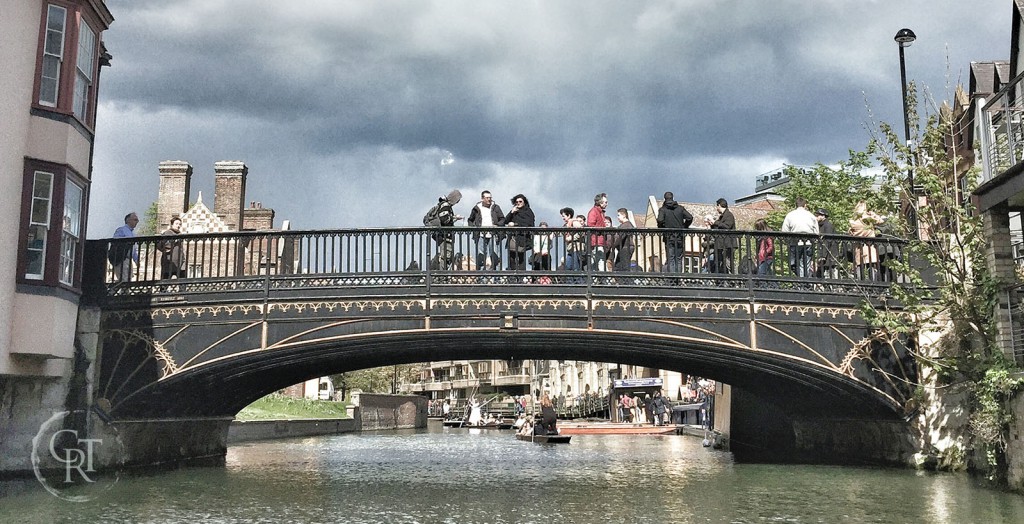
The original location of the Cam bridge
As dialects changed over the years, the name “Granta Brycge” evolved to “Cambridge”. After a while, people assumed that Cambridge’s River was called the Cam and eventually, the section of the River Granta flowing through the town was renamed. So instead of the town being named after its river, the river is now named after its town.
The upper stretches of the river, from the Mill pond heading upstream towards Grantchester, are still known as the Granta to this day.
Roman Beginnings
Like many English towns, the first permanent settlement in Cambridge was during the Roman era. The Romans built a fort on Castle Hill, which was later abandoned in the 5th century as the Roman Empire declined.
Modern-day Cambridge can trace its origins to 875AD when the Danes conquered Eastern England. The town continued to grow and develop through the Anglo-Saxon and Norman periods, before receiving its town charter in 1207.
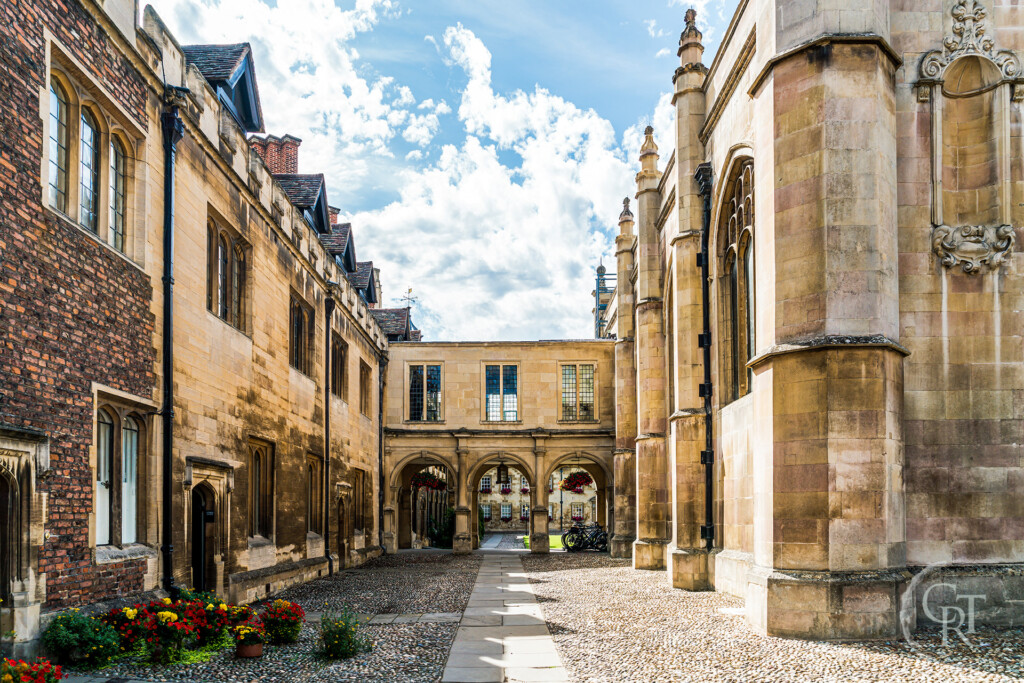
Peterhouse College dates back to the 13th Century
This fascinating university city is full of beautiful architecture, offering a window into the past. St Benet’s church is the oldest building in Cambridge – its tower was built in Anglo-Saxon times. The University’s college architecture spans hundreds of years, from Peterhouse in 1284 to Robinson College in 1977.
The Flourishing University
No history of Cambridge could be complete without at least mentioning Cambridge University.
The first University college was established in 1284, so it’s now over 800 years old. It was founded by Oxford scholars, who’d been arriving in Cambridge since 1209 to escape the hostility of Oxford’s townspeople. Cambridge University flourished and by the 13th century, it owned a large part of the town and was an increasingly integral part of Cambridge’s economy.
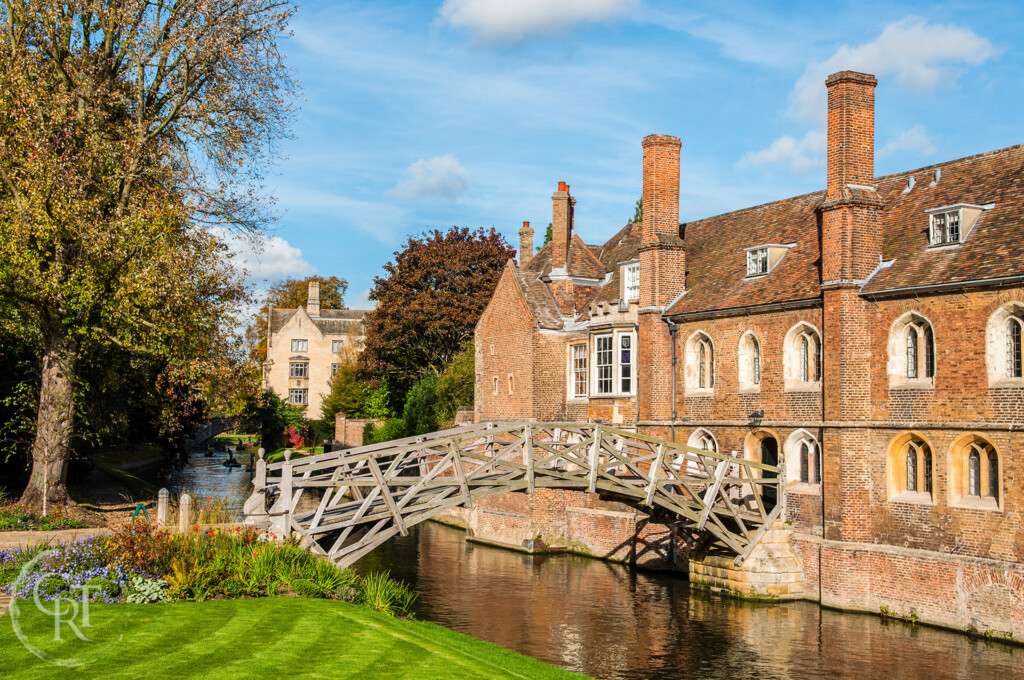
Here you’ll see some amazing feats of engineering design, like King’s College Chapel, at King’s College, or the Mathematical Bridge at Queen’s College. Designed by William Etheridge in 1748, the entire structure is made solely from straight pieces of timber. You need to see it to believe it. Of course, we might be slightly biased, but we think the best place to truly appreciate the wonder of the Mathematical Bridge is from the water, punting along the Cambridge Backs.
Cambridge University has nurtured some phenomenal minds, including Sir Isaac Newton, Charles Darwin, and Stephen Hawking, to name just a few. As of 2020, the University held the record for the greatest number of affiliates to have received the Nobel Prize, with 121 laureates.
Town vs Gown
The conflict between locals and students isn’t a new problem, although these days conflict is perhaps too strong a word. It was a problem back in the 13th century, too.
Although students from Oxford had sought refuge in Cambridge, they were always not welcome here. The townspeople were often accused of overcharging students and King Henry III eventually intervened in rent charges. Several anti-student riots broke out over the years, most notably in 1262 that led to a number of hangings.
While there remain some occasional areas of friction between locals and students, the town vs gown clash is usually a little more light-hearted these days. The annual “Cambridge Town and Gown” is a 10km run around the historic city, which raises money for Muscular Dystrophy UK.
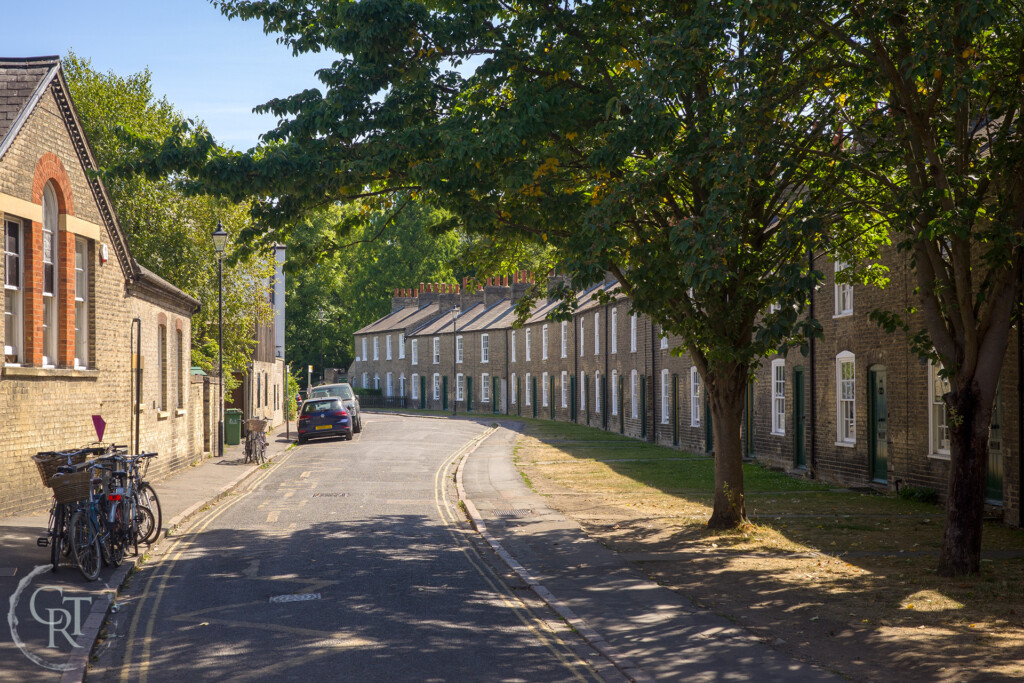
Lower Park street, where town meets gown
History of Punting
Punting is of course synonymous with Cambridge. If you’re lucky enough to be here in the summer, then it’s quite simply the thing to do.
Punts were developed in medieval times for practical purposes, like moving cargo along rivers. They became a popular London leisure activity between 1860-1880, and were introduced to Cambridge at the start of the 20th century for, well, fun. There’s nothing quite like enjoying a glass of Pimms and a punnet of strawberries while punting (or being punted) down the River Cam.
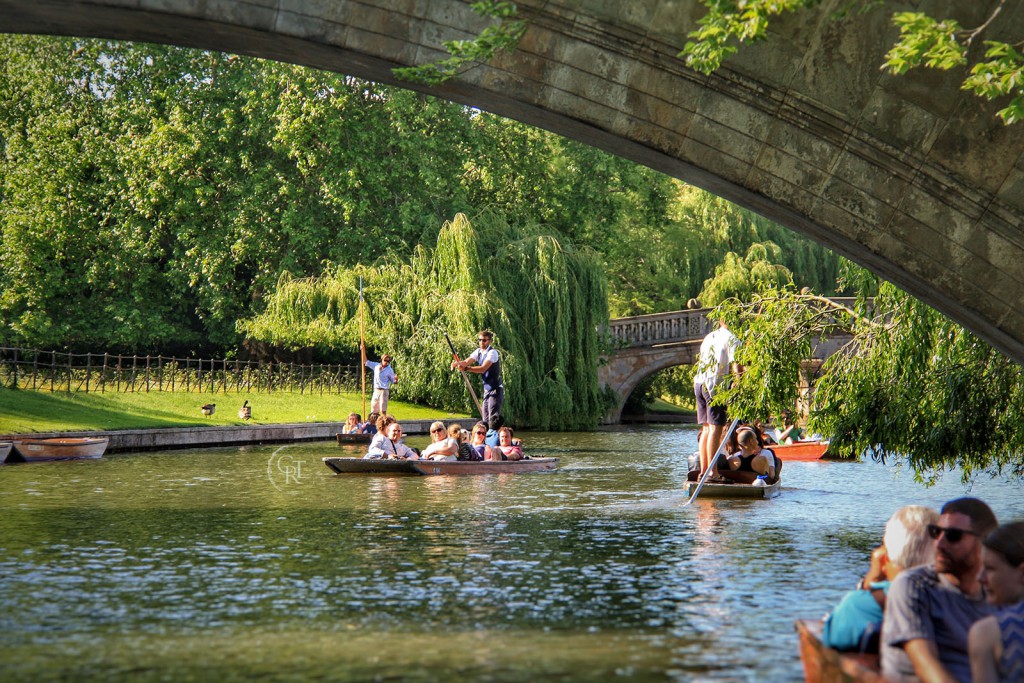
Visit Us & Learn More
We hope we’ve whetted your appetite to find out more about the historic city of Cambridge. With its river snaking through the city centre and its roots stretching back to Roman times, Cambridge is both pretty and intriguing. It’s even said to be the birthplace of football, but we’ll leave you to discover that one when you get here.

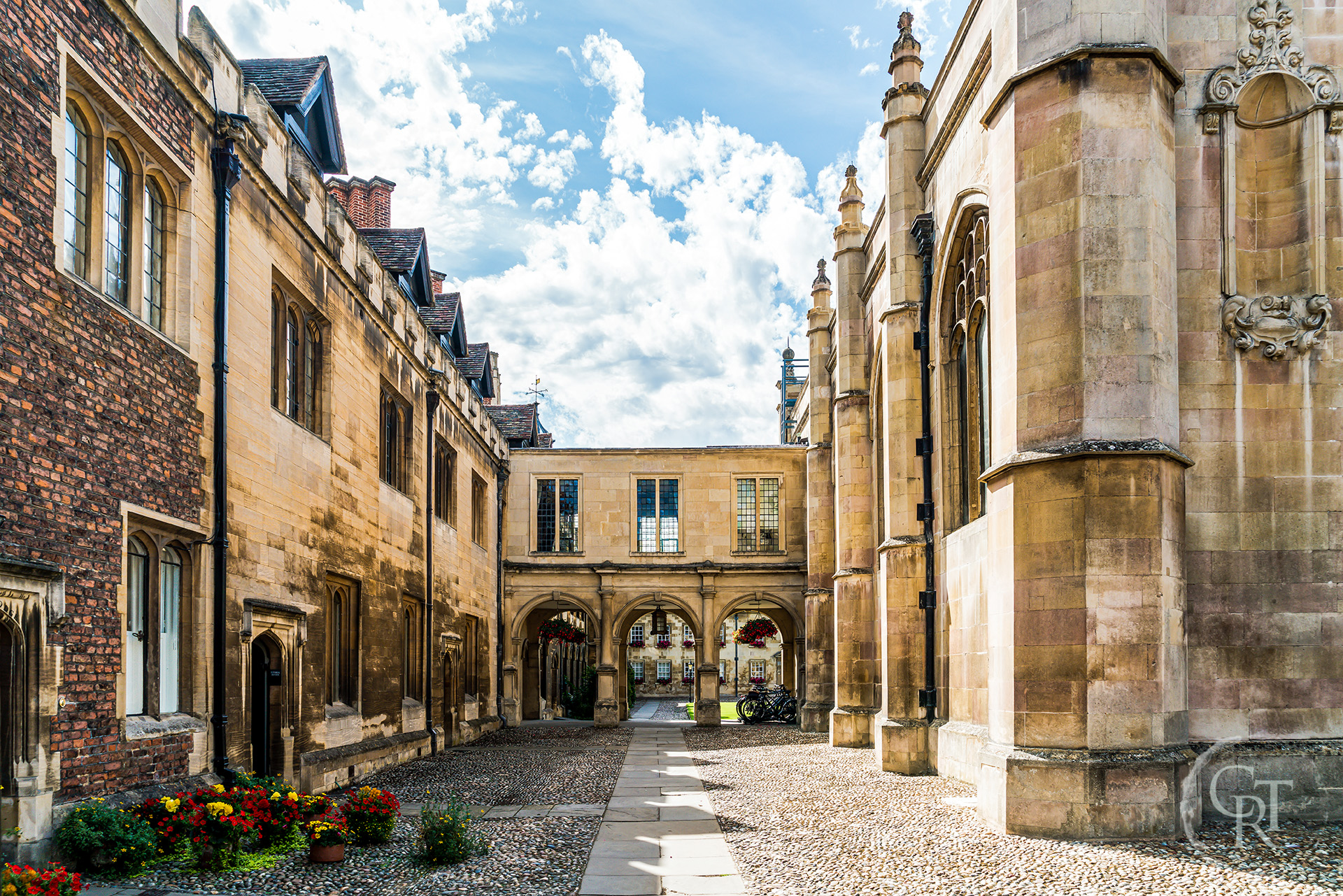
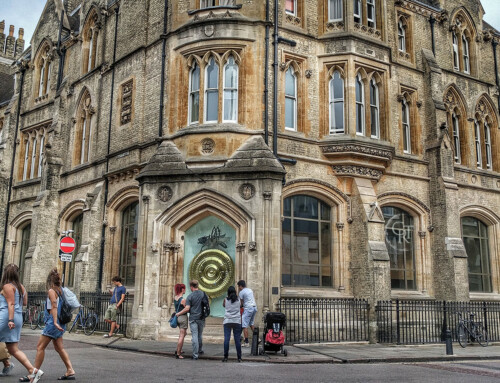
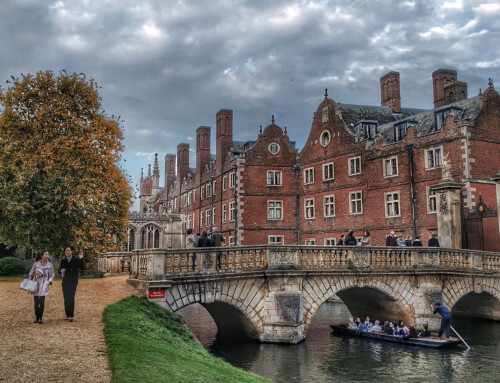

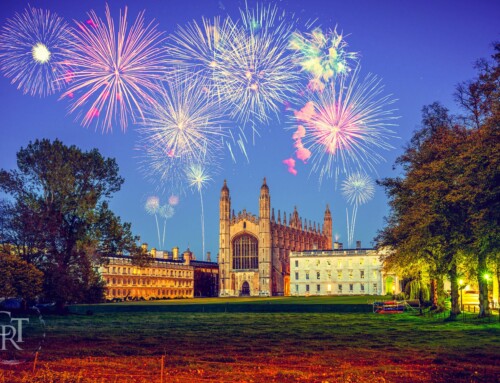

Beautiful place with a lot of rich history. I think I met a lady from there who liked my box but disappeared without trace